Late autumn in Lake Garda; the beaches are empty, the cars on the Gardensana move freely, only the locals frequent the bars and cafes. The vendemmia is over, the grapes have been crushed and the new wine is already fermenting. The air is crisp and clear, the leaves on the trees have turned beautiful yellows, oranges and reds and are falling to the ground. Most of the region is taking a ‘pisolino’ before Christmas. But in the olive groves the hard work is just beginning as the olive harvest gets underway.
As you move around the lake you will see the familiar sight of the olive harvest. The traditional way to collect the olives is by hand: fabric nets are placed under the trees, ladders are placed on the branches of trees and the branches are carefully combed to make the olives fall gently to the ground on to the nets. This method seem more labour intensive but it is essential to preserving the quality of the olives which are required to produce oil with low acidity.
Once the olives have been collected they need to be quickly taken to the mill and processed into oil. Ideally the time between the olive being picked and crushed is no longer than 48 hours, but ideally 24. Olive trees grow everywhere and many people with small plots of land also want to turn their olives into oil. Only the biggest of producers can afford to have their own olive mills so many of the small to medium size producers become members of co-operatives and share the facilities and costs of a mill.
The Frantoio Cooperativa Agricola in San Felice was founded in 1946 by a group of growers in the Valtenesi on the west shore of Lake Garda. Known from the outset as “The Truth” to emphasize the guarantee of transparency and authenticity of the product.
The co-op now has more than 350 members, all of which are local to the Valtenesi region. This is an essential requirement to the protocols of the Consortium of Protection Extra Virgin Olive Oil DOP Garda in order to obtain the protected designation of the Garda Bresciano DOP classification .
The Frantoio Cooperativa Agricola uses the latest technological innovations in the mill. Continuous attention to the quality of the olives, the time and method of harvesting and crushing in a very short time are essential to ensuring a product is of superior quality. Analysis and testing is carried out immediately on every single batch of oil obtained, any batch with an acidity over .5 is not used.
Approximately 50 of the co-ops 350 members use their own olives to produce their own oil in their own labelled bottles. The other members olives are combined to produce the oil which is bottled with the label of the co-op.
I was fortunate to be invited by Katia of La Meridiana, to go to the mill to witness the oil in production. Pierpaulo who runs the mill gave me a very informative explanation of the process, I impressed not only by the efficiency of the production process, but also to learn that that there is virtually no waste from the process. The water is fed back to irrigate the grove, the pulp is used to produce bio-fuel and the stones are used to produce pellet fuel for stoves.
The oil from the mill can be purchased in the shop at the front of the building. The shop also stocks other olive oil based products such as skin care and hair products. It is also possible to purchase wine produced by members of the co-operative as well as a variety of other local products.
How to Find Them
Frantoio Cooperativa Agricola San Felice
Via delle Gere,
2 25010 San Felice del Benaco (Bs)
Phone/Fax: + 39 0365.62341
Web: http://www.oliofelice.com/
Email: [email protected]

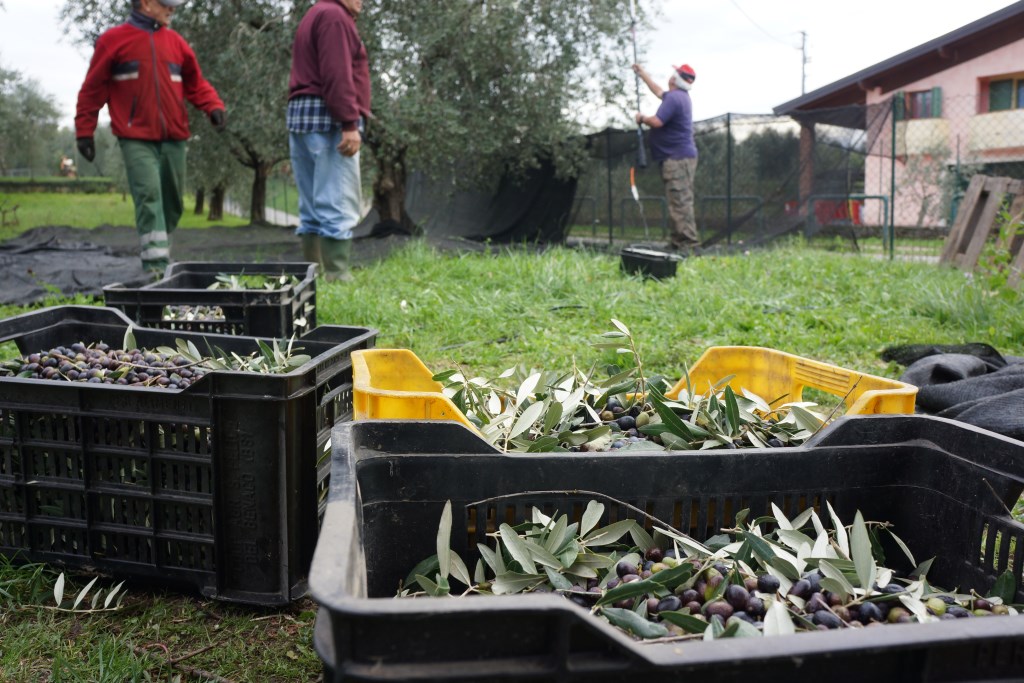
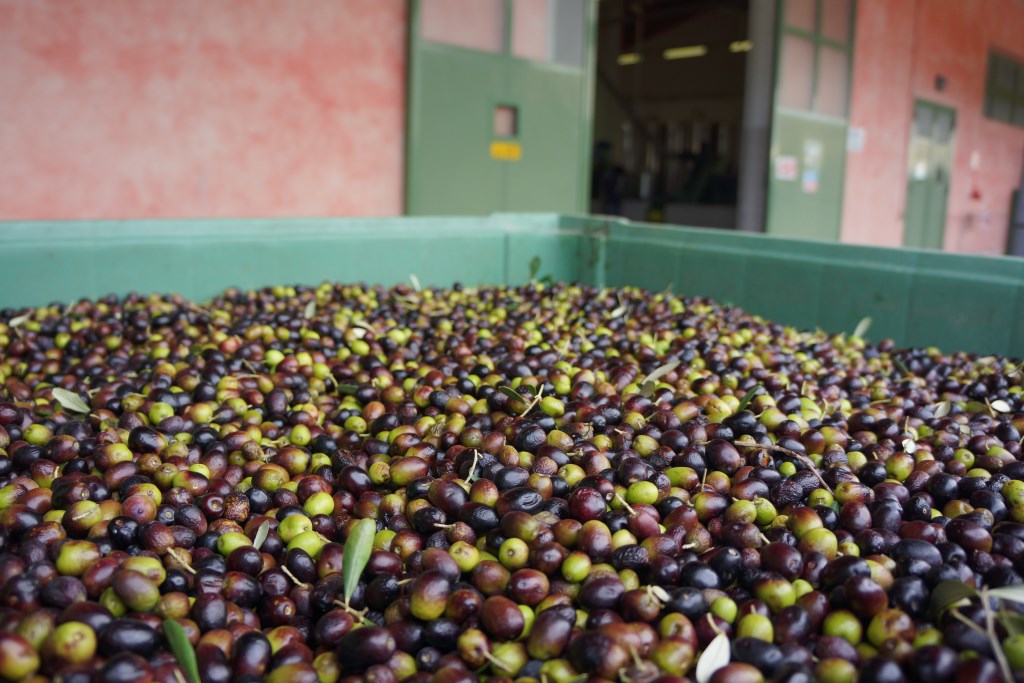

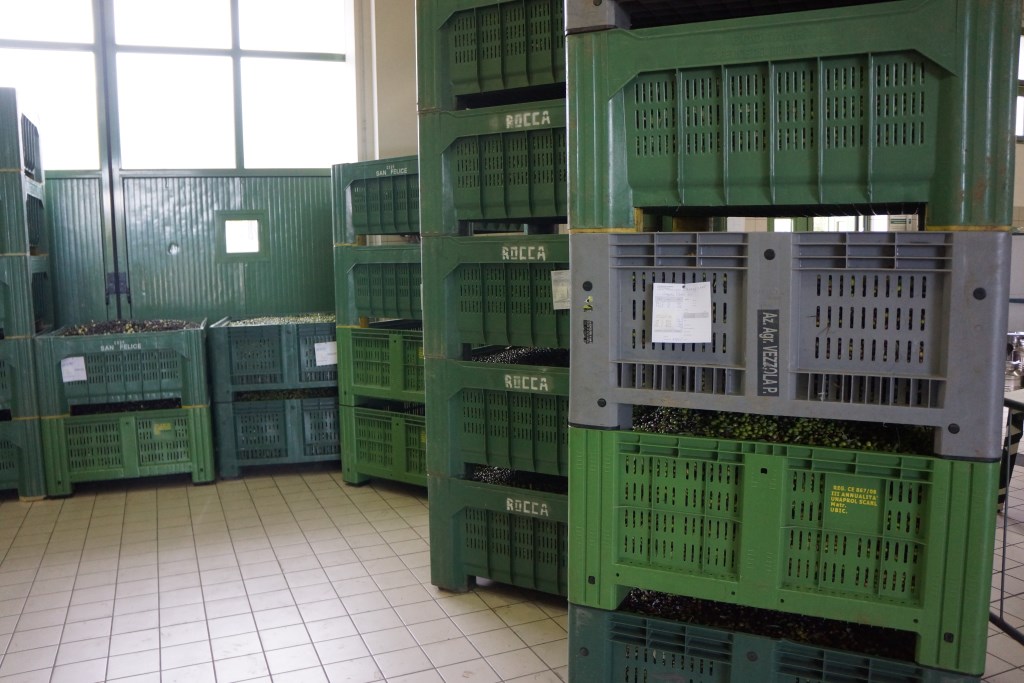
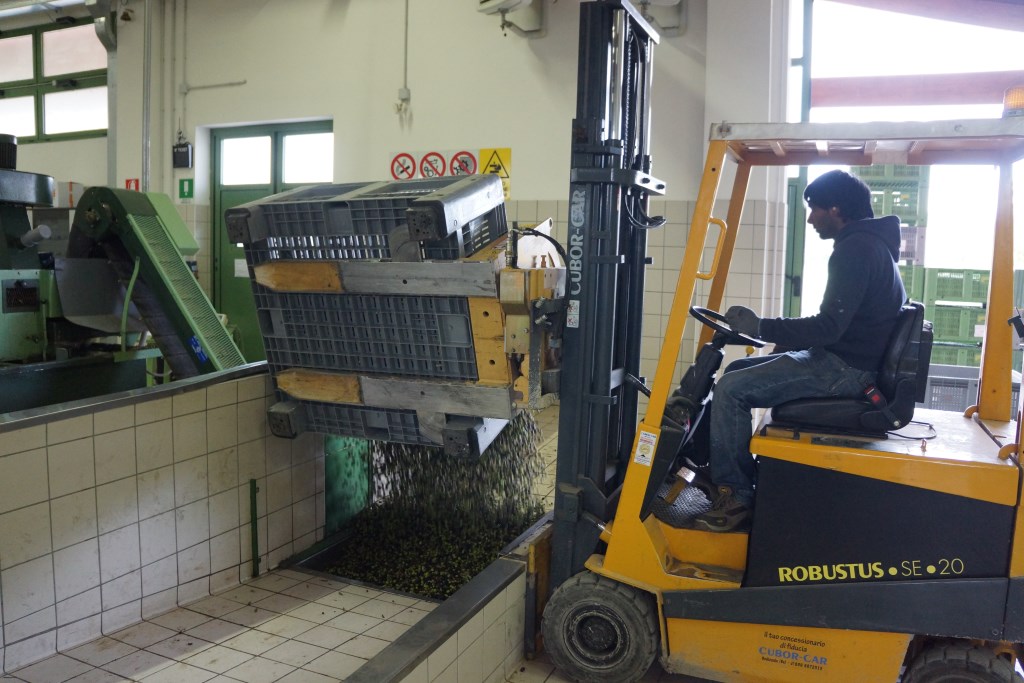
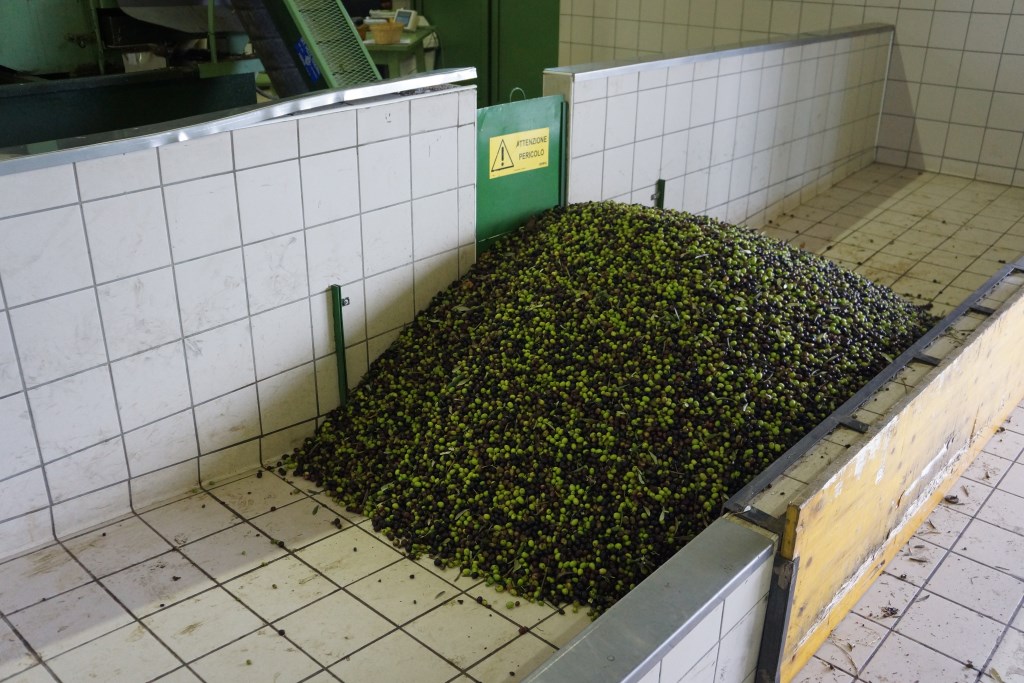
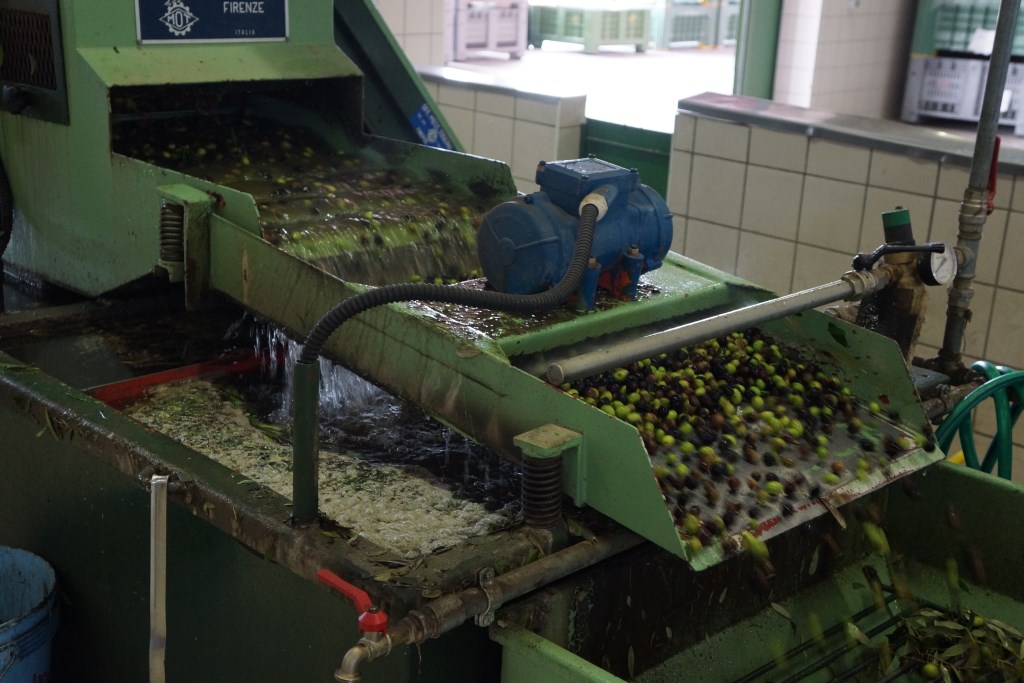

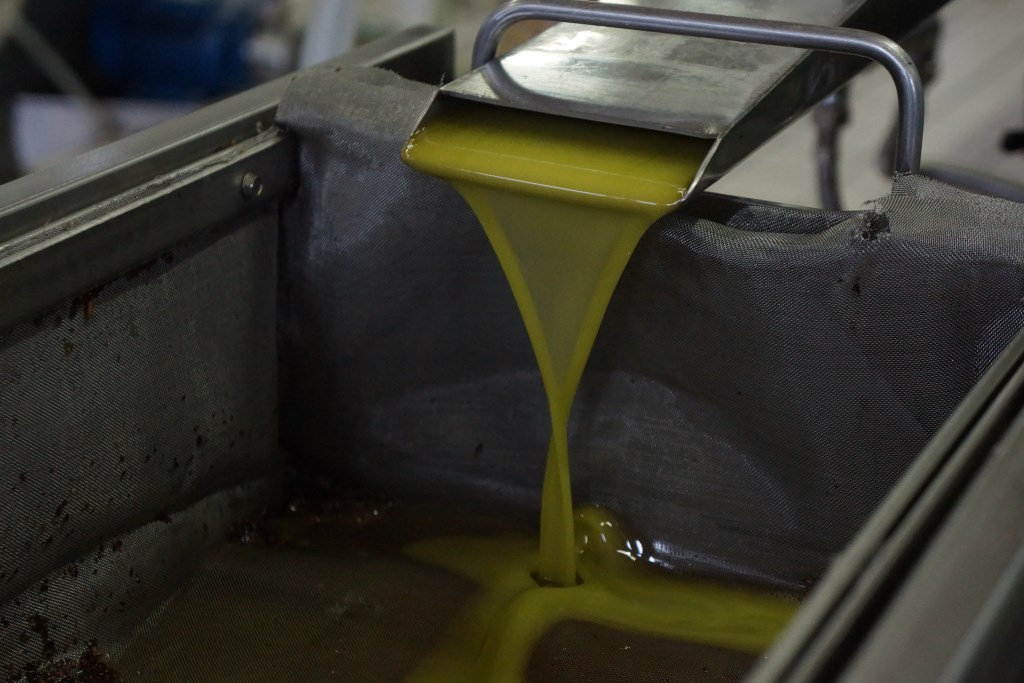

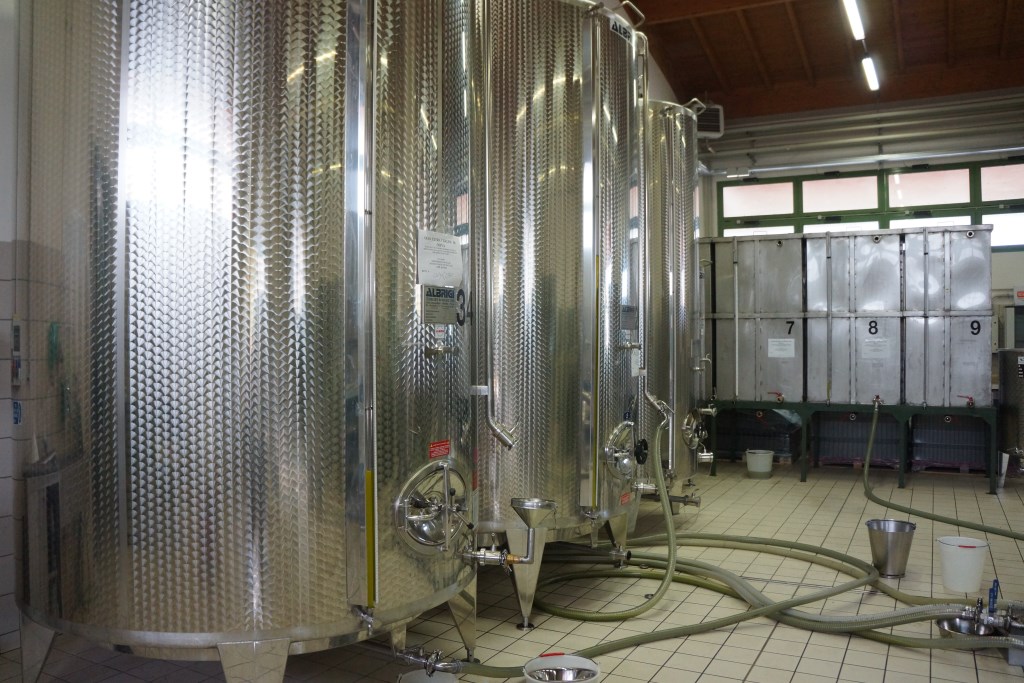
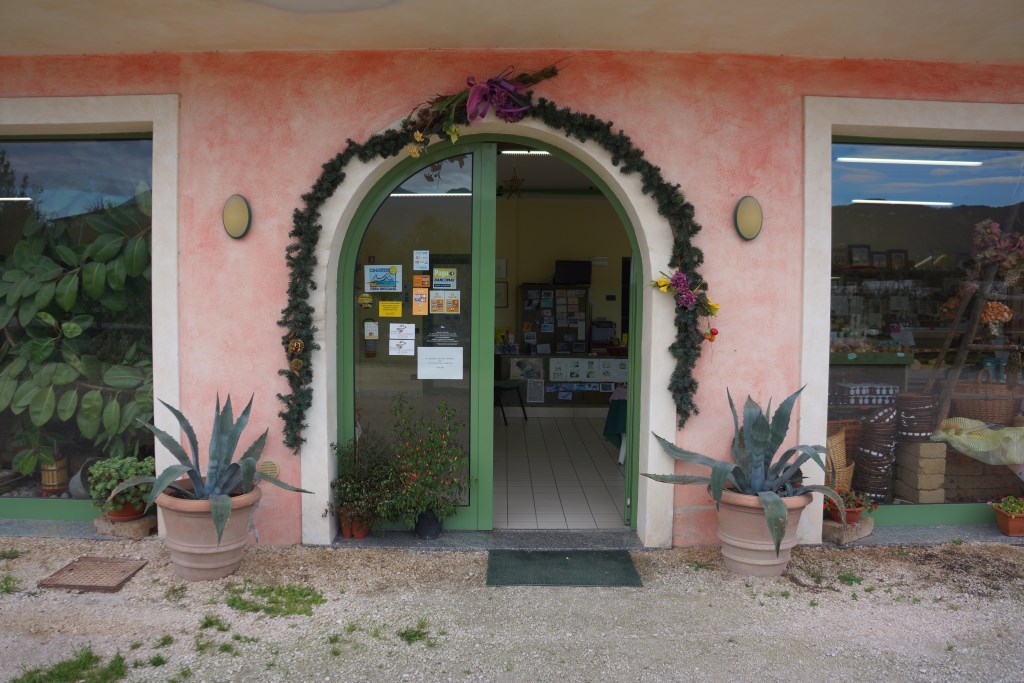

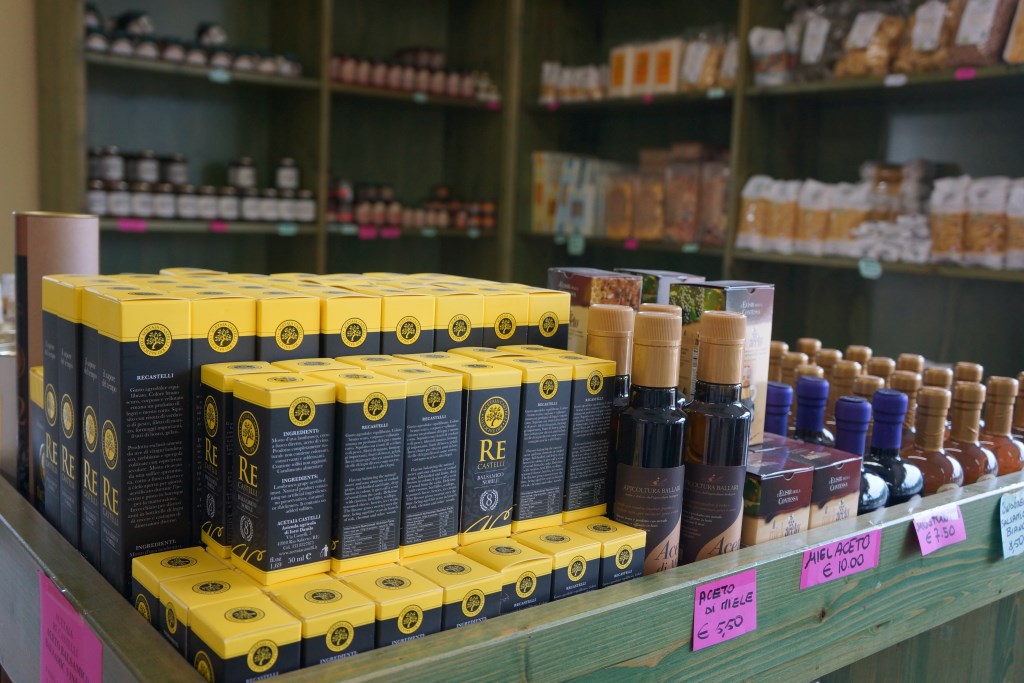
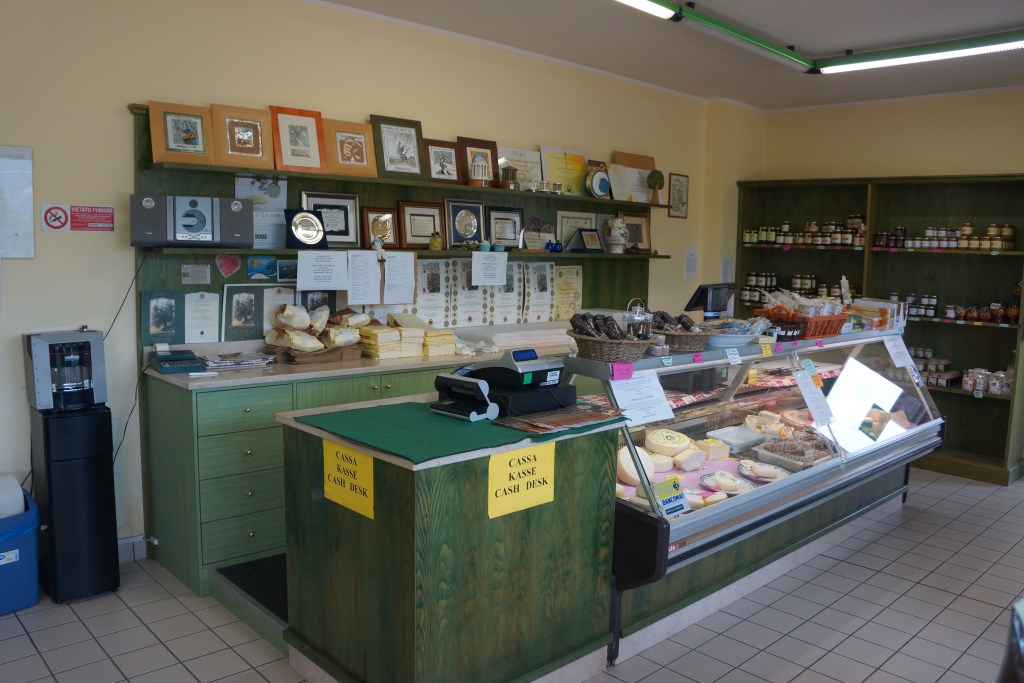
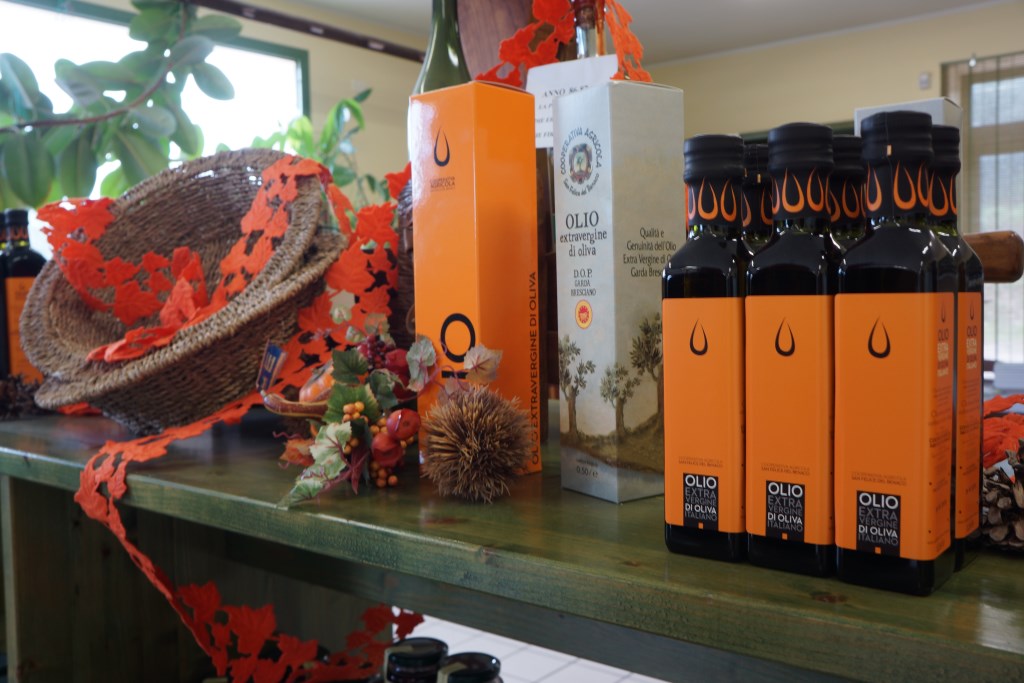

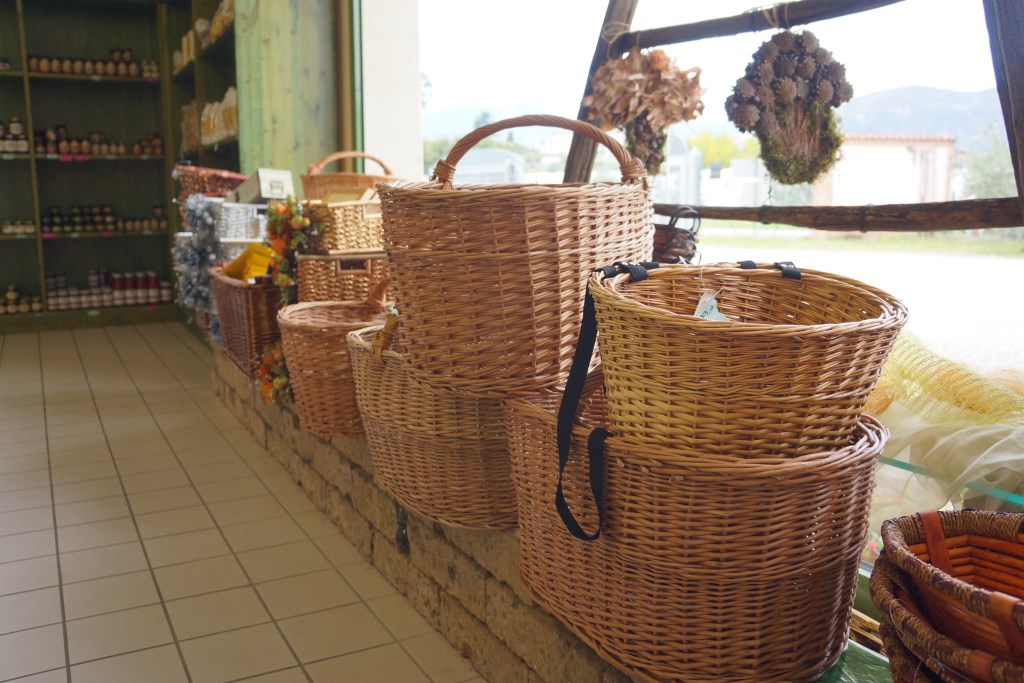

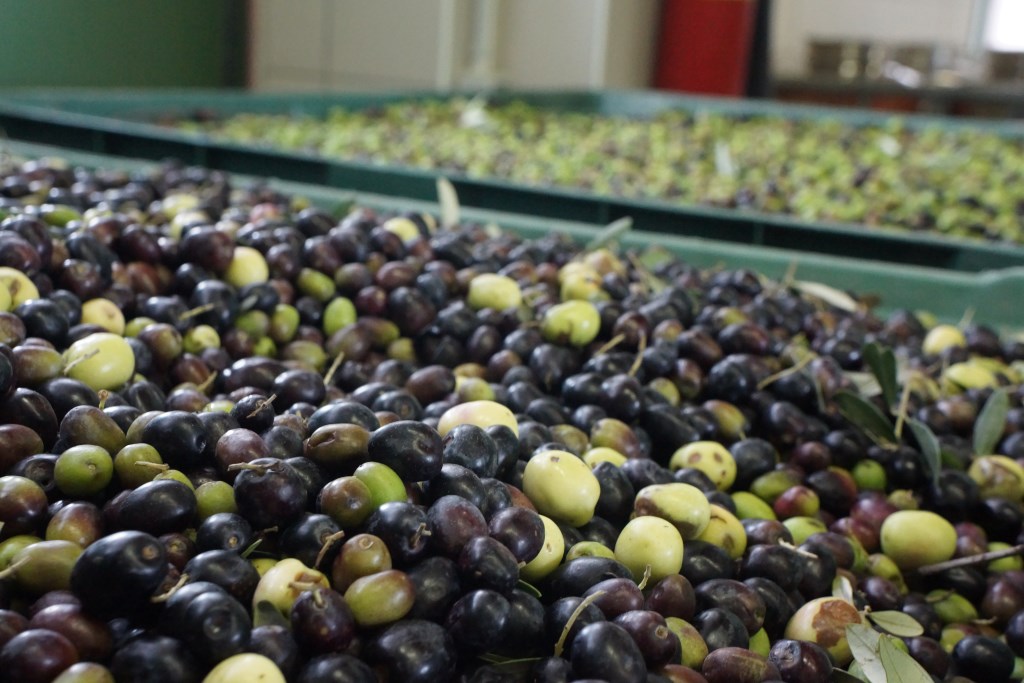

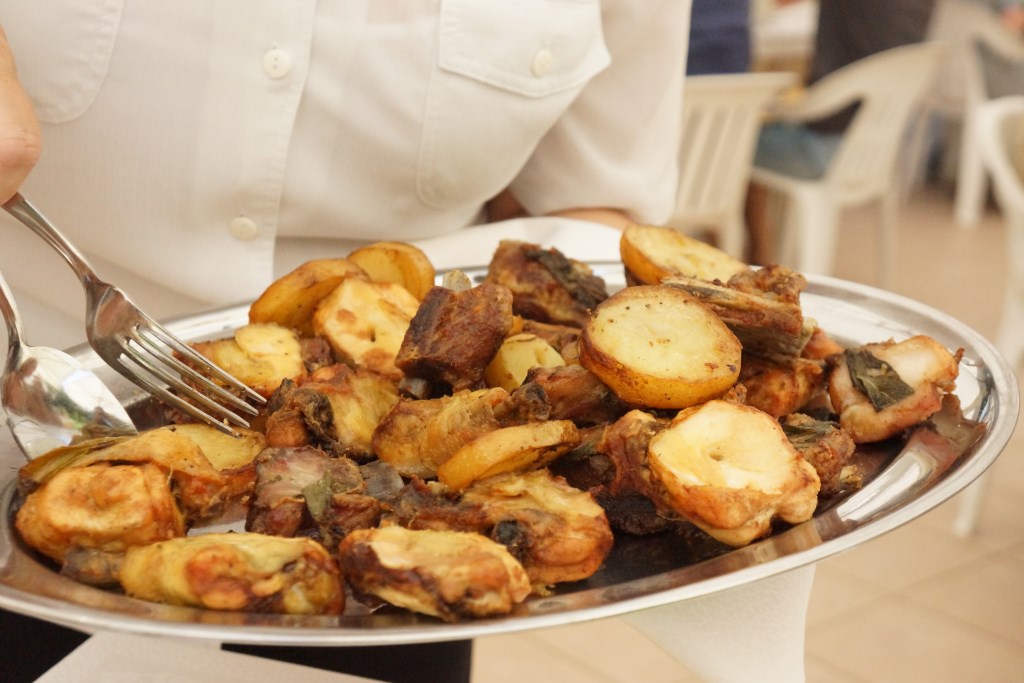


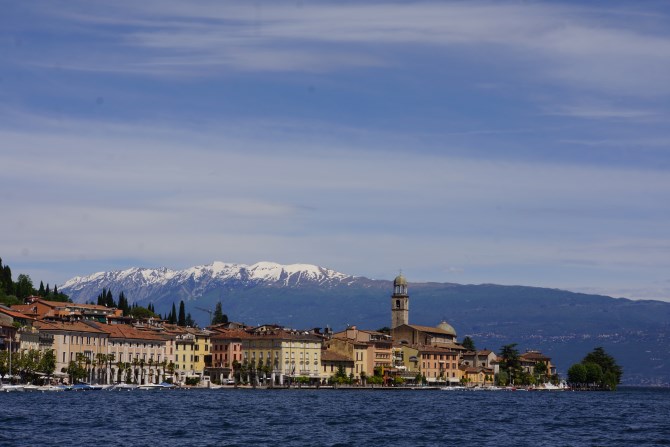
Nice stuff wish I had found it earlier in my stay
Thanks Chris, next time maybe.